Informasi Dasar
 Filipina
Filipina
Skor
 Filipina
|
5-10 tahun
|
Filipina
|
5-10 tahun
| https://www.pnb.com.ph/
Website
Peringkat indeks
Pengaruh
A
Indeks pengaruh NO.1
 Filipina 8.05
Filipina 8.05 Lisensi
LisensiTidak ada informasi regulasi yang valid, harap waspada!
 Filipina
Filipina pnb.com.ph
pnb.com.ph Amerika Serikat
Amerika Serikat VIP tidak diaktifkan.
VIP tidak diaktifkan.
| PNB Ringkasan Ulasan | |
| Didirikan | 1916 |
| Negara/Daerah Terdaftar | Filipina |
| Regulasi | Tidak diatur |
| Produk dan Layanan | Perbankan Ritel & Korporat, Pinjaman & Hipotek, Pengiriman Uang, Asuransi, Investasi, Perantara Saham, Perbankan Mobile & Online |
| Akun Demo | / |
| Daya Ungkit | / |
| Spread | / |
| Platform Perdagangan | PNB Aplikasi Digital |
| Deposit Minimum | PHP 3.000 (untuk rekening tabungan dasar) |
| Dukungan Pelanggan | Trunkline: (+632) 8526 3131 |
| Hotline Bank: (+632) 8573-8888 | |
| Email: customercare@pnb.com.ph | |
| Media Sosial: Facebook, X, Instagram, YouTube, LinkedIn | |
Philippine National Bank (PNB) adalah salah satu bank komersial swasta tertua dan terbesar di Filipina, yang dibuka pada tahun 1916. Saat ini tidak diatur oleh otoritas keuangan manapun, baik di AS maupun di luar negeri, namun menyediakan berbagai layanan keuangan tradisional dan digital kepada pelanggan di AS dan luar negeri melalui jaringan cabang dan ATM yang luas.
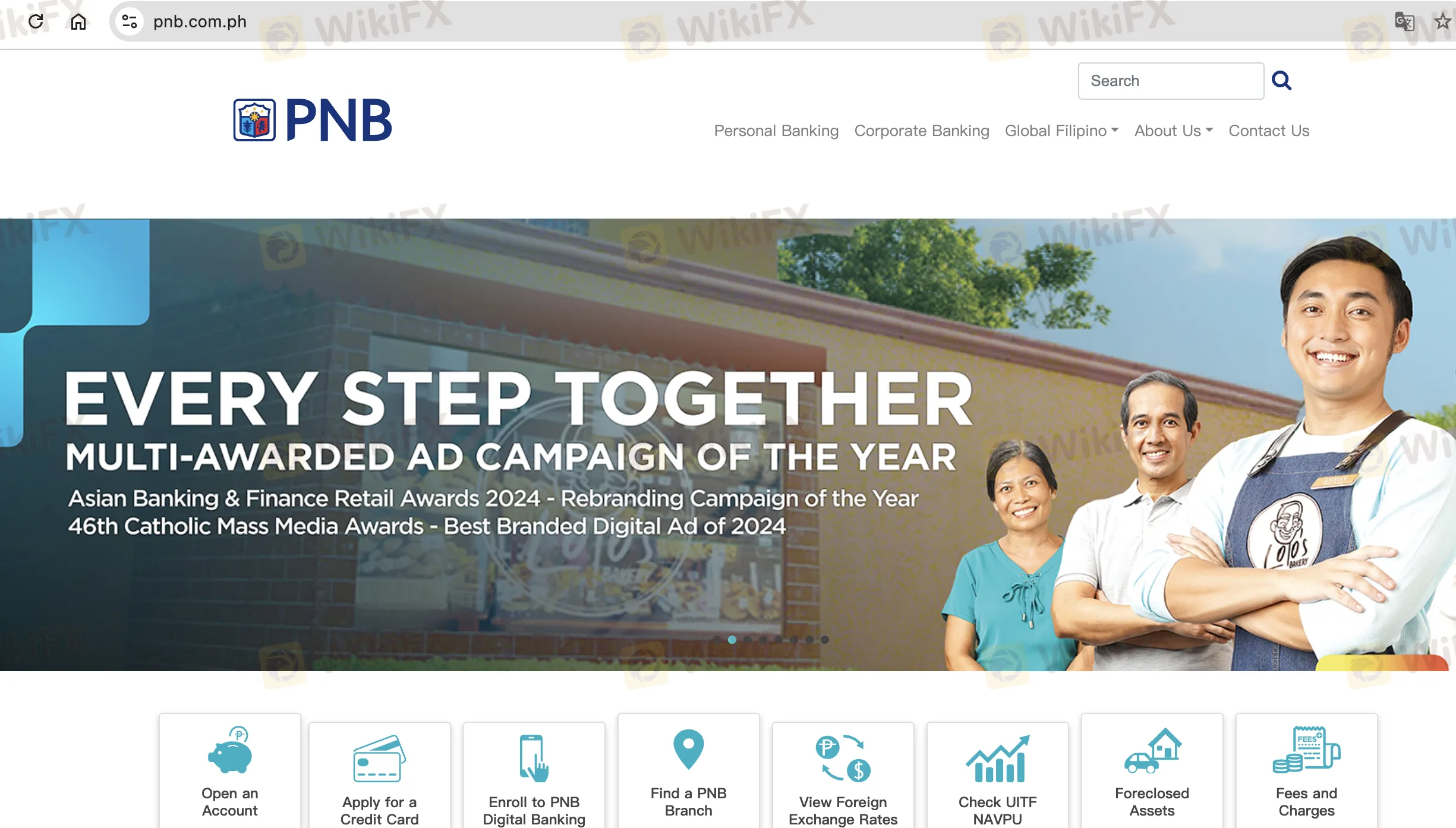
| Kelebihan | Kekurangan |
| Sejarah perbankan yang berdiri sejak 1916 | Tidak diatur |
| Jaringan cabang lokal dan internasional yang luas | Struktur biaya yang kompleks |
| Menawarkan berbagai layanan perbankan | |
| Berbagai saluran kontak |
PNB tidak diatur oleh lembaga keuangan Filipina manapun, termasuk Komisi Sekuritas dan Bursa (SEC) dan Bangko Sentral ng Pilipinas (BSP). Selain itu, tidak diawasi oleh regulator keuangan yang diakui secara internasional, seperti FCA (Inggris), ASIC (Australia), atau CySEC (Siprus).
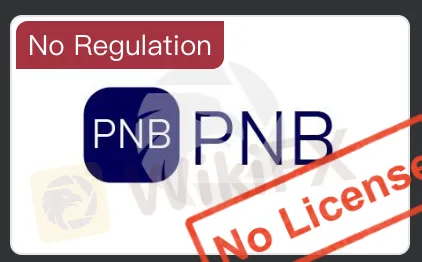
PNB menyediakan berbagai layanan keuangan tradisional dan inovatif, termasuk perbankan ritel, perbankan korporat, pengiriman uang, manajemen aset, pinjaman, asuransi, dan opsi investasi. Bank ini memiliki salah satu jaringan cabang domestik dan luar negeri terbesar di antara bank-bank Filipina lainnya, melayani klien lokal dan global dari Filipina.
| Produk / Layanan | Didukung |
| Perbankan Ritel & Korporat | ✔ |
| Pinjaman & Hipotek (misalnya OPHL) | ✔ |
| Layanan Pengiriman Uang | ✔ |
| Asuransi (Jiwa & Non-jiwa) | ✔ |
| Layanan Investasi & Kepercayaan | ✔ |
| Broker Saham | ✔ |
| Perbankan Mobile & Online | ✔ |
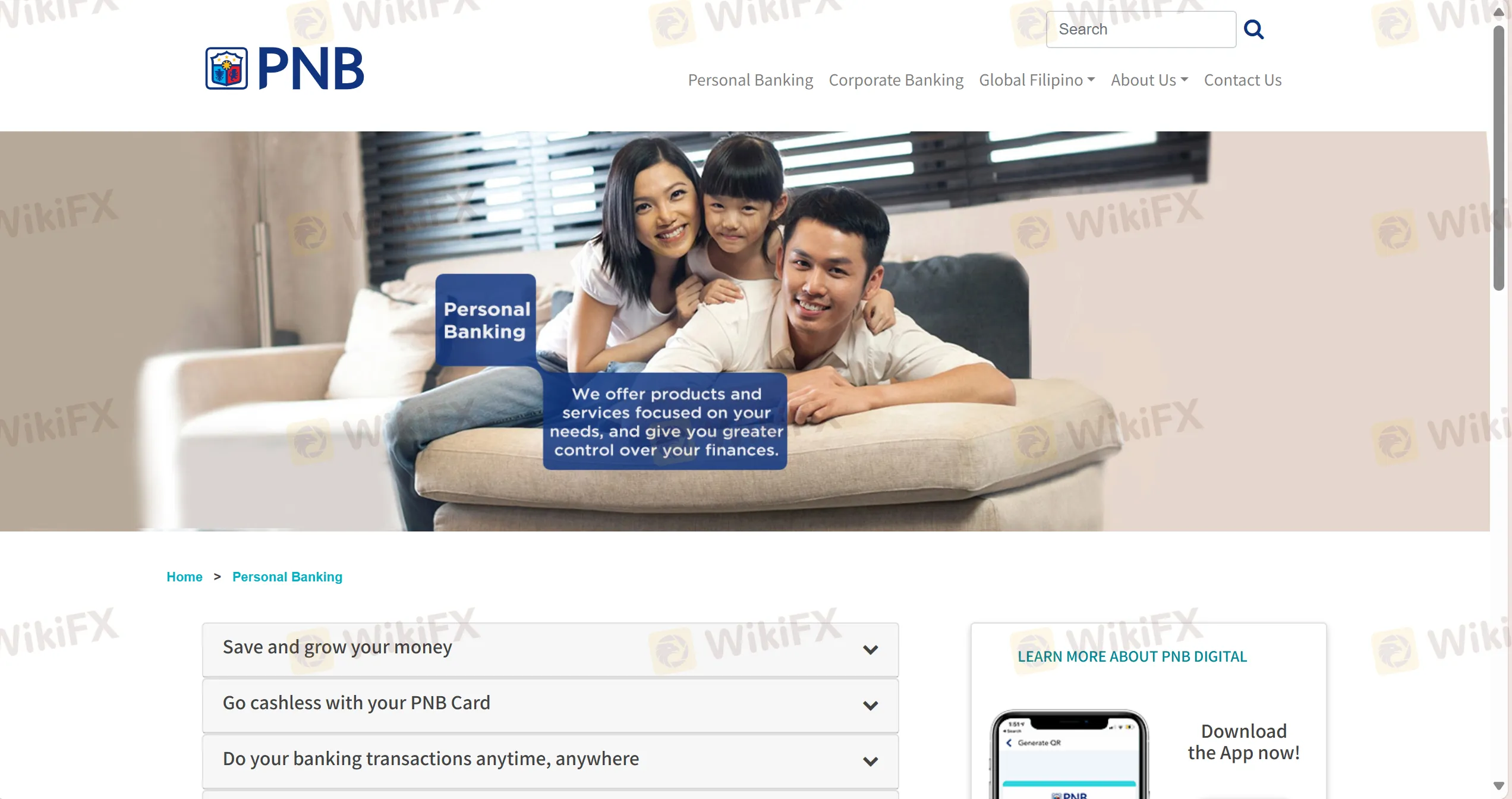
| Jenis Akun | Tujuan / Fitur | Cocok Untuk |
| Tabungan | Akun deposit dasar; deposit awal mulai dari PHP 3.000 | Penghemat sehari-hari |
| Akun Giro | Dilengkapi dengan cek; untuk pembayaran mudah dan akses dana | Individu/usaha yang membutuhkan fleksibilitas pembayaran |
| Deposito Berjangka | Tabungan dengan jangka waktu tetap dan bunga | Mereka yang mencari pertumbuhan tabungan yang aman |
| Mata Uang Asing | Untuk menyimpan mata uang asing dengan aman | Individu dengan kebutuhan forex atau transaksi luar negeri |
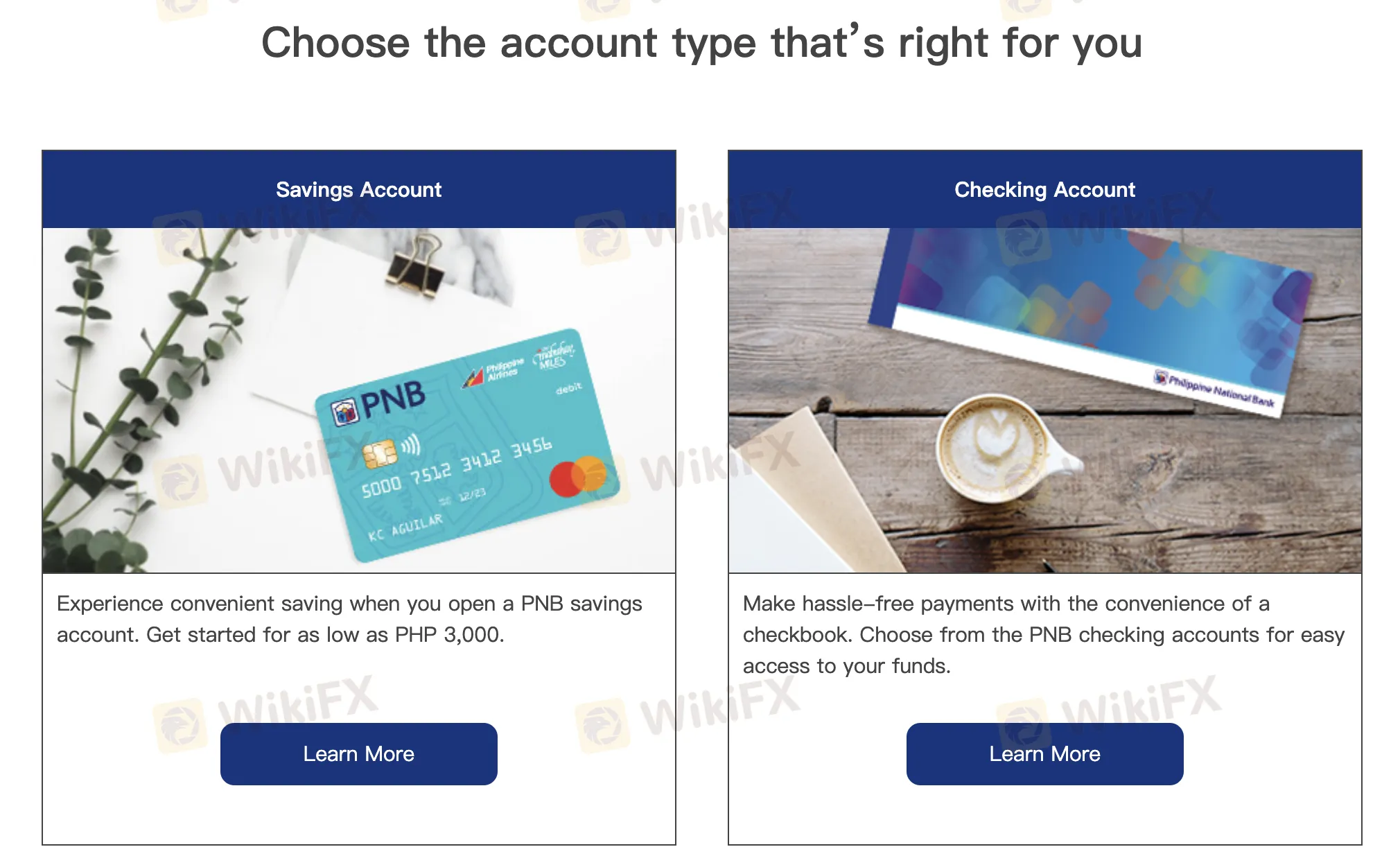
Dibandingkan dengan bank lain, PNB mengenakan biaya moderat hingga tinggi, terutama untuk transaksi antar cabang dan dengan orang dari negara lain. Dalam jaringannya, beberapa layanan, seperti cek saldo dan penggunaan ATM, gratis. Namun, banyak layanan lain, terutama yang melibatkan cabang di wilayah yang berbeda, di pulau lain, atau dengan mata uang yang berbeda, memiliki biaya yang berbeda.
| Kategori Biaya | Deskripsi | Biaya |
| Setoran Tunai Antar Cabang | Wilayah yang sama: GratisWilayah yang berbeda: ₱50/₱100K atau lebih | Minimum ₱50, ₱50 per ₱100K |
| Setoran Cek Antar Cabang | Reguler ↔ Cabang Pulau | ₱100 |
| Setoran Tunai/Cek USD | Semua cabang | ₱100 |
| Penarikan Antar Cabang (PHP) | Reguler ↔ Cabang Pulau | ₱200 |
| Penarikan/Encashment USD | Semua cabang | ₱200 |
| ATM (Lokal) | ATM PNB: GratisBank lain: Penarikan ₱15, cek saldo ₱2 | ₱2–₂15 |
| ATM (Internasional) | Penarikan: ₱150–₱250Cek Saldo: ₱75 | ₱75–₂250 |
| Transfer Digital (Ritel) | InstaPay / PESONet | ₱20 per transaksi |
| Transfer Digital PNB ke PNB | 3 pertama per minggu gratis; berikutnya ₱10 setiap transaksi | ₱0–₂10 |
| Layanan Teller | Slip penarikan: ₱50Pemesanan cek: ₱250–₱500Sertifikat bank: ₱200 | Bervariasi |
| Remitansi USD Masuk | Biaya layanan + DST | $5–$8 |
| Biaya Dormansi | Setelah 5 tahun tidak aktif | ₱30 / $0.50 (akun tertentu) |
| Penutupan Awal (≤30 hari) | Akun PHP: ₱500Akun USD: $10 | ₱500 / $10+ |
| Denda Pemeliharaan Saldo | Peso: ₱350–₱500USD: $10–$20Mata uang lain bervariasi | ₱350+ / $10+ |
| Biaya Lainnya | Permintaan SOA, remitansi, wesel, penyewaan kotak keamanan, dll. | Bervariasi berdasarkan layanan |
| Platform Perdagangan | Dukungan | Perangkat Tersedia | Cocok untuk |
| Aplikasi Digital PNB | ✔ | Android, iOS | / |
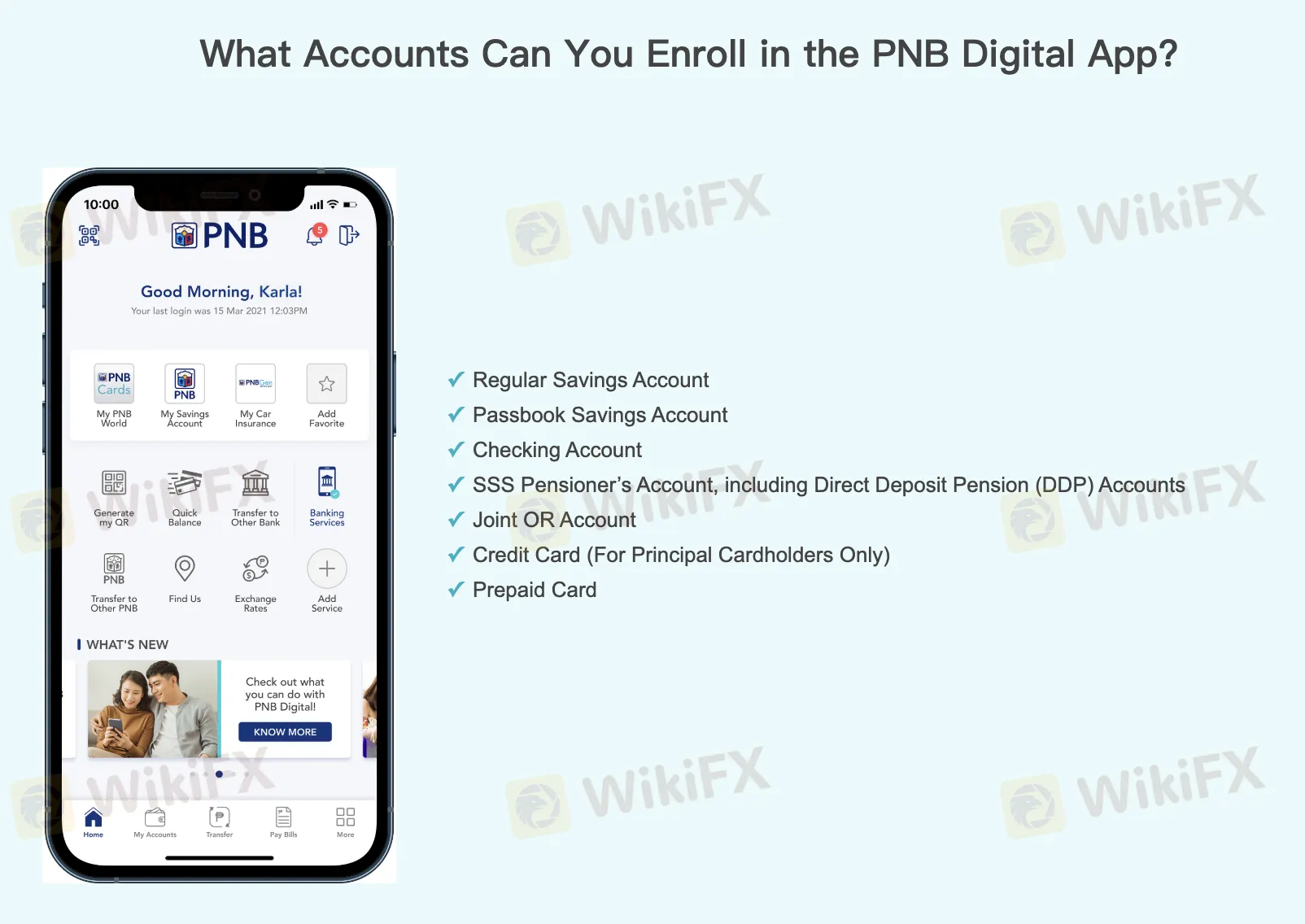

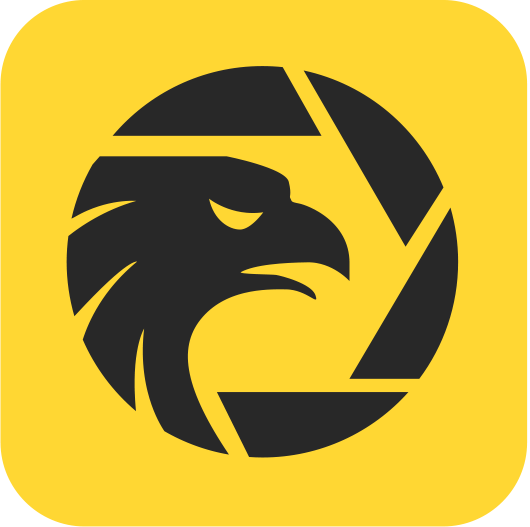
From my experience and careful review of the available information about PNB, it’s important to clarify that PNB operates primarily as a traditional and digital bank, not a specialized forex broker. Although they offer foreign currency accounts and some investment services, I could not find any detailed evidence that they provide true ECN or raw spread forex trading accounts in the way that major online forex brokers do. This distinction matters because, in standard forex industry practice, ECN or raw spread accounts typically charge a commission per lot traded, separate from the spread. For PNB, there is simply no mention of a commission structure per lot or any dedicated forex trading fees that would apply to ECN or raw spread accounts. The bank’s fee structure is focused on banking operations, such as foreign currency withdrawals, remittance, and maintenance charges, but not specialized trading commissions. This absence of detailed trading commission information strongly suggests that PNB does not support direct retail forex trading through an ECN or raw spread model where commissions per lot would apply. For me, this lack of transparency and regulatory oversight, coupled with the absence of industry-standard trading account types, makes PNB unsuitable as a primary venue for serious forex trading. I exercise caution and would recommend seeking a regulated, specialized broker if ECN trading and clear commission terms are crucial to your trading strategy.



In my experience as a trader exploring financial institutions, the account types offered by PNB reflect its primary function as a traditional and digital bank, rather than a dedicated forex broker. Their account options—namely Savings, Checking, Time Deposit, and Foreign Currency Accounts—each cater to distinct financial needs. The Savings Account is best suited for everyday savers looking for basic deposit functionality with an initial deposit as low as PHP 3,000. Checking Accounts, on the other hand, provide a checkbook and added payment flexibility, which is useful for individuals or businesses that frequently write checks or handle regular payments. Time Deposit Accounts are targeted at those who prefer secure, fixed-term savings with a predetermined interest, an approach typically favored by conservative investors aiming for predictable returns. The Foreign Currency Account stands out for me as it is specifically designed for individuals with international transaction requirements or those who want to hold funds in currencies other than the Philippine Peso. It's important to note that while these accounts serve various customer segments, none are specialized trading or margin accounts commonly found with brokers. There is also no mention of leverage or spread structures, which, from a risk and suitability perspective, indicates these offerings are not designed for active forex speculation. For traders, understanding these distinctions is critical, as the account type fundamentally defines the scope of available products, related costs, and the risk profile. I always emphasize diligence, especially given PNB’s lack of regulatory oversight, which demands extra caution and thorough understanding before engaging in higher-risk financial activities.


Based on my own careful research and firsthand evaluation, PNB is not overseen by any recognized financial regulatory body, either within the Philippines or internationally. Despite its long history as a major bank in the Philippines and its broad suite of banking and financial services, there is no evidence of regulatory supervision by authorities such as the Bangko Sentral ng Pilipinas (BSP), Securities and Exchange Commission (SEC), or established global regulators like the FCA, ASIC, or CySEC. For me as a trader, the absence of regulatory oversight is a significant red flag, especially when considering any platform or institution for forex or investment activities. Regulation is critical because it provides a framework for transparency, accountability, and customer protections—elements I rely on when evaluating the trustworthiness and safety of any broker or financial entity. Without official regulation, clients carry additional risks, such as limited recourse in case of disputes or malpractices. In my experience, I stick with brokers that can clearly demonstrate active regulatory licenses, as this underpins not just legitimacy but also the fundamental safety of my capital.


Based on my experience as a forex trader, I always prioritize safety and due diligence when choosing financial institutions and handling withdrawals. With PNB, I approach the process with particular caution due to its lack of regulation by Philippine authorities and absence of international oversight. While PNB is an established bank offering a range of financial and investment services, there is no explicit, detailed information available in the background about the precise documentation requirements for processing an initial withdrawal, especially for those seeking to move funds internationally or through different currencies. Generally, for a withdrawal from a bank account (as opposed to a regulated forex brokerage account), I expect to provide standard bank documents. This typically includes a valid government-issued photo ID, possibly my account number, and sometimes the original passbook or checkbook if withdrawing over the counter. If the withdrawal is being made online through the PNB Digital App, I would ensure my account and contact information are up to date, and be prepared for additional security verification. Given the complex fee structure and potential regional branch requirements listed, I would also recommend confirming all the specifics directly with PNB customer service before attempting a withdrawal. This helps ensure there are no unexpected delays or additional requests. I never risk large sums without first clarifying withdrawal processes, especially with institutions that do not hold formal regulatory licenses. For me, cautious verification is essential to safeguard my capital.



Silakan masukan...


 TOP
TOP 

Chrome
Plugin Chrome
Pertanyaan Regulasi Pialang Forex Global
Jelajahi situs web broker forex dan kenali broker resmi dan penipu secara akurat

Pasang sekarang